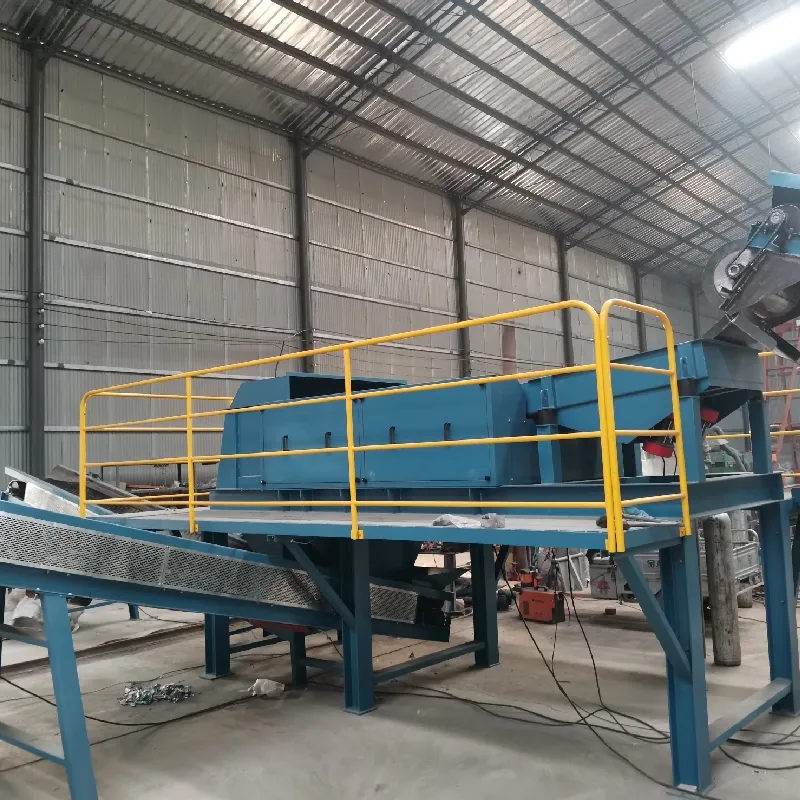Disposing of a flat screen TV, especially when it's broken or outdated, presents a unique challenge. The process not only involves environmental considerations but also adherence to local laws and regulations. As technology evolves rapidly, more households face this dilemma. Below, I provide a comprehensive guide informed by experience, expertise, authoritativeness, and trustworthiness to help you dispose of a flat screen TV responsibly.

Flat screen TVs contain a host of materials like glass, metal, and hazardous components, including lead and mercury. Improper disposal poses environmental risks, contaminating soil and water resources. As an experienced technician and environmental advocate, I emphasize understanding the composition and the recycling process essential for responsible disposal.
1. Assess the TV Condition Before deciding on disposal,
evaluate if your flat screen TV is truly unusable. Sometimes, repairs or upgrades can save it from being scrapped. Consulting a certified technician can provide insights into whether refurbishment is viable. Such expertise can also help ascertain if your TV model can be resold or donated, thereby extending its life cycle.

2. Manufacturer Take-Back Programs Many manufacturers offer take-back or recycling programs. Brands like Samsung, LG, and Sony often have specific guidelines and drop-off points for old electronics. By using these services, you engage directly with authoritative programs designed to handle electronics responsibly. These companies are mandated to recycle electronics by adhering to specific environmental standards, ensuring minimal harm.
3. Certified E-Waste Recyclers Check with local e-waste recycling services accredited by e-Stewards or R2 (Responsible Recycling). These certifications ensure the recycler follows stringent standards for handling e-waste, guaranteeing that materials are recycled, reclaimed, or disposed of without damaging the environment. Always verify the credibility of these services through governmental or environmental watchdog portals.
4. Community E-Waste Events Municipalities often organize e-waste collection events. Participating in these events ensures your TV is handled according to local regulatory frameworks tailored for electronics, hence preserving community environmental standards. These events are not only educational but encourage community involvement in environmental conservation efforts.
how do you dispose of a flat screen tv
5. Retailer Recycling Services Retailers like Best Buy or Staples offer recycling services for electronics, often irrespective of your initial purchase origin. These programs are backed by robust logistics and adherence to federal and state environmental laws, often making them convenient and trustworthy avenues for TV disposal.
6. Proper Disposal Instructions If none of these sustainability options are viable, contact your local waste management authorities for information on electronic waste (e-waste) disposal. Instructions vary vastly across regions, with some areas implementing fines for improper disposal.
7. Data Wiping for Smart TVs For smart TVs, ensure all personal information is deleted before disposal. Factory reset your device to erase stored data. This step reinforces the importance of data privacy, safeguarding your information from potential misuse.
8. End-of-Life Product Considerations The rise in smart TV usage emphasizes the necessity for users and manufacturers to consider the full life cycle of electronic products. Advocating for and choosing products with a longer life span and sustainable materials at purchase can mitigate the frequency and impact of e-waste.
Ultimately, disposing of a flat screen TV requires a balance between convenience, legal compliance, and environmental responsibility. By exploring these strategies, you contribute positively to sustainable electronics management, extending a device's utility or ensuring its materials are reclaimed responsibly. Recognizing the substantial environmental impact of e-waste propels individuals and corporations towards more sustainable practices, collectively striving for a wholesome ecosystem. Fostering such changes garners increased trust and respect for brands and individuals alike, positioning them as leaders in environmental stewardship.


